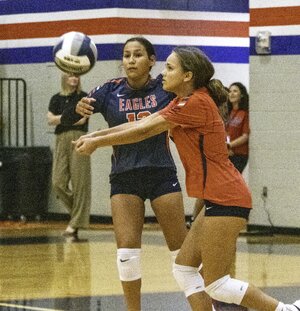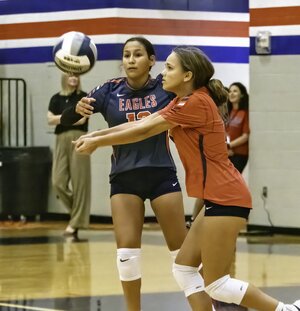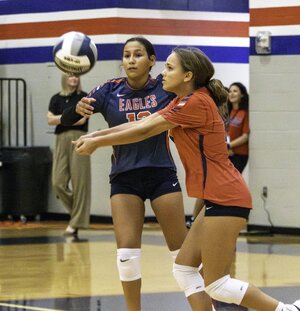Pro Member
- Followers
- 6
- Following
- 0
- Joined
- Sep 6, 2022
- Posts
- 311
- Likes Received
- 1,184
- Name
- Chris Summers
Noise in our images is sort of a subjective thing, how much is too much is really something for the person taking the picture to decide. And now we have some great ways to decrease noise through Ai.
Here are 3 examples:
Both denoise options did a decent job but Photo Ai sharpened a bit more, the eyes on the girl in the blue jersey seem to stand out a bit, not sure I like that. And LR Denoise Ai seemed to remove the slight green cast to the shadows which I think is an improvement.
By the way, the camera ISO was at 16000 in order for me to shoot at 1/1000 sec. at f/4 exposure. It's an older gym with fluorescent lighting that isn't as bright as newer gyms with LED lights. Also the floors in most older gyms get quite an odd color, probably the polyurethane varnish yellowing over time and that tends to give a yellow cast. I try to correct for the wall behind of find something white to balance on.
Shot with my R7 and RF 24-105 f/4 lens. I have found from experience that I like to shoot in the Manual mode so I can set the shutter speed and f/ stop (generally as above but in a brighter gym I can increase shutter speed a bit). I also set the ISO after doing a few test shots during the players warmup. Why not let the ISO be on automatic? I find it gets false readings as the players move around, if the background behind the player I am following get darker or lighter it changes the ISO but the light on the player is the same so I just chose an ISO based on the location.
By the way, the girl in the red jersey is my granddaughter, Emily who is a high school freshman this year.
Here are 3 examples:
- no noise adjustment, only typical edits in LR
- Processed a TIFF copy in Topaz Photo Ai after LR adjustments
- Processed a duplicate DNG in Lightroom Denoise AI with LR adjustments
Both denoise options did a decent job but Photo Ai sharpened a bit more, the eyes on the girl in the blue jersey seem to stand out a bit, not sure I like that. And LR Denoise Ai seemed to remove the slight green cast to the shadows which I think is an improvement.
By the way, the camera ISO was at 16000 in order for me to shoot at 1/1000 sec. at f/4 exposure. It's an older gym with fluorescent lighting that isn't as bright as newer gyms with LED lights. Also the floors in most older gyms get quite an odd color, probably the polyurethane varnish yellowing over time and that tends to give a yellow cast. I try to correct for the wall behind of find something white to balance on.
Shot with my R7 and RF 24-105 f/4 lens. I have found from experience that I like to shoot in the Manual mode so I can set the shutter speed and f/ stop (generally as above but in a brighter gym I can increase shutter speed a bit). I also set the ISO after doing a few test shots during the players warmup. Why not let the ISO be on automatic? I find it gets false readings as the players move around, if the background behind the player I am following get darker or lighter it changes the ISO but the light on the player is the same so I just chose an ISO based on the location.
By the way, the girl in the red jersey is my granddaughter, Emily who is a high school freshman this year.



